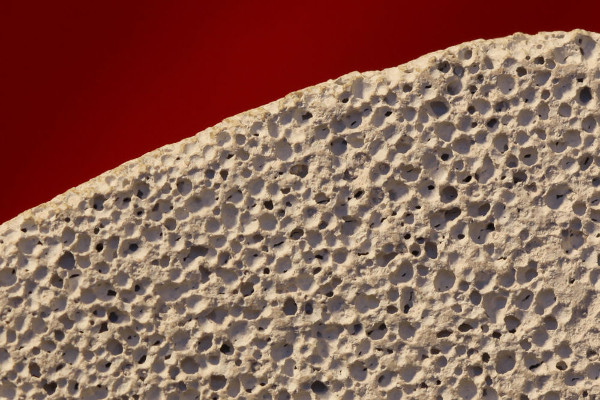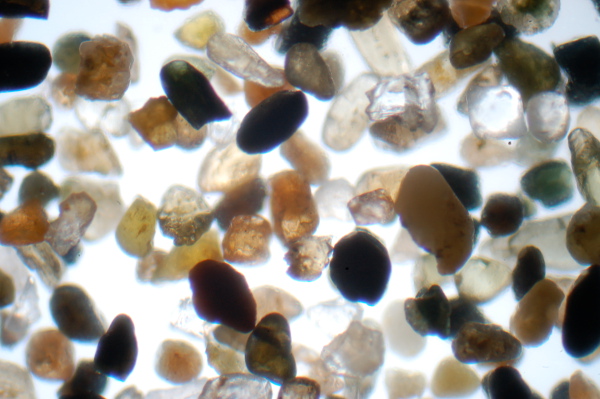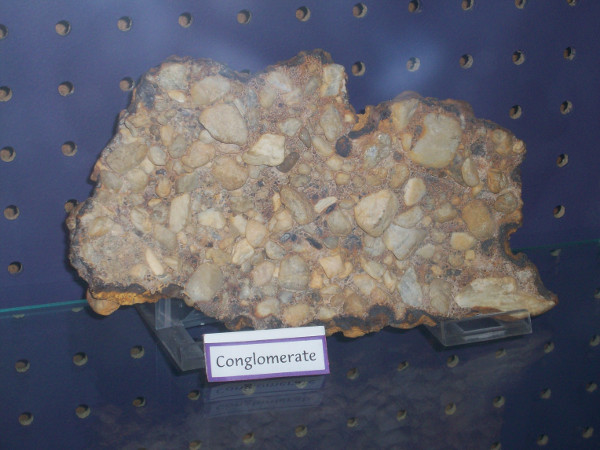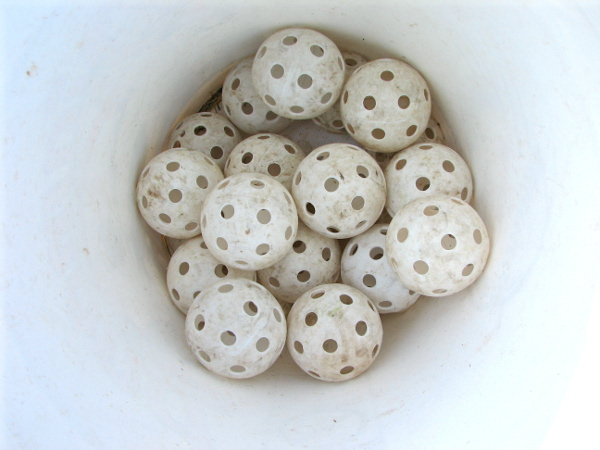How Water Flows Underground: Recharge, Permeability and Porosity
How Water Flows Underground: Recharge, Permeability and Porosity
Understanding how water travels underground is an important aspect of hydrogeology. Surface water that infiltrates into the ground is called recharge. Water is able to pass through soil pores and pores in rocks – and some of them with great ease – due to the permeability of the material. This section will explore what permeability is, and the impact different rock and soil properties, such as porosity, have on permeability.
|
Subsurface Materials Below the surface there are several types of materials. These can be generalized as rock or soil. Rock refers to the hard rock below the loose soil. Soil includes all of the loose, or unconsolidated, material above the hard rock such as gravel, sand, silt, clay and topsoil. |
Recharge
Recharge is surface water that replenishes groundwater. There are two main sources of recharge. Recharge can either come from precipitation that falls on the ground and percolates (seeps) into aquifers. Recharge can also come from surface water (rivers, lakes, streams or wetlands) that percolates into the ground.
Permeability
Permeability is a measure of how easily water can pass through material. Water flows quickly through material with high permeability and flows very slowly through material with low permeability. If you imagine pouring water into a bucket of gravel, the water will flow around the stones rather quickly. If you pour water over a bucket of sand however, the water will move more slowly as it works its way through the gaps between the grains. A bucket of gravel has a higher permeability than a bucket of sand, meaning that the water passes through the material more easily. Almost all materials are permeable. For example, water can pass through dense materials such as clay. However, it can take a long time for this to happen.
Porosity
Porosity is the amount of air space within the grains that make up soils and rocks (see Figure 1). A rock with high porosity has a lot of air space. If a rock has low porosity, it does not have much air space. Porosity can be a factor in permeability.
 |
|
Figure 1: Porosity: Pumice is an example of a rock with high porosity, meaning that it is very porous. Pumice is a type of volcanic rock. It has so much air space in the tiny bubbles within the rock that it will float on water [1]. |
Different types of rock have varying degrees of porosity, meaning that each will have a different permeability. For example, if particles of gravel are all the same size (see Figure 2), they will stack on top of each other neatly with some gaps. To use a bucket analogy, stacking the gravel pieces shown in Figure 3 would be like filling a bucket with baseballs. Since the baseballs stack neatly, there are spaces in between the balls, allowing water to flow through them fairly easily.
 |
| Figure 2: Gravel: This close up shows that all of the grains of sand are nearly the same size. This allows for air space in the gaps. This rock would have high porosity [2]. |
If the gravel pieces are all different sizes (see Figure 3) then the smaller grains will fill in the spaces between the larger grains, therefore reducing the overall amount of air space in the mix. Using a similar analogy this would be like filling the same bucket with both baseballs and golf balls. It would be still be possible to add water to the bucket but the addition of the golf balls would mean there is less room to hold water in the bucket.
 |
| Figure 3: Conglomerate: A conglomerate is a type of rock that is made of grains of different sizes. In this photo, large pebbles are surrounded by small grains of sand. The sand fills the air space in between the pebbles, so this rock has low porosity, meaning that it is not very porous [3]. |
If grains in rock themselves are porous (see Figure 4) giving the rock an appearance of being filled with bubbles, or vesicles, there will be a large amount of air space in the rock. For porosity to affect permeability these bubbles need to be interconnected as shown in Figure 4. Otherwise, water would never be able to reach the air space and the rock would not be very permeable.
A wiffle ball, seen in Figure 5, has holes around the outside and is hollow in the middle. If a bucket was filled with wiffle balls instead of baseballs and then filled with water, the bucket would hold more water than the bucket filled with baseballs because the water would flow through the wiffle balls. Pumice is a type of rock that has these properties (i.e. it is highly porous).
 |
| Figure 4: Porous Rock – Pumice is a rock that is porous. When the pores are connected, water can flow through this rock [4]. |
 |
| Figure 5: Example of porous rock: A bucket of plastic baseballs with holes, also known as wiffle balls. This bucket will hold more water than if it were filled with solid baseballs [5]. |
Porosity and Permeability: What is the Difference?
Porosity refers to how much air space is in the soil or rock. Permeability refers to the ease with which water can travel through the material. In many cases, rocks or soil with high porosity will also have high permeability. The water will pass quickly through the air spaces in the rock or soil. For the water to travel through the air spaces, those air spaces must be connected.
When rock or soil that has high porosity has air spaces that are not connected, the rock or soil has low permeability even though it has high porosity. A bucket filled with ping pong balls that is then filled with water would not hold very much water. Even though the ping pong balls have air spaces inside of them, the water cannot travel through the ping pong ball. Now imagine pouring water on a block of Swiss cheese. Swiss cheese has a lot of holes in it, but these holes do not extend all the way through the entire block of cheese. Even though the cheese has high porosity, it does not have high permeability because the water would not flow through.
Sources:
[1] “11-01-2001” by Edwyn Anderton is licenced under CC BY 2.0.
[2] “Beach Sand (Lindamar)” by Ian Brown is licenced under CC BY 2.0.
[3] “Conglomerate” by Spencer Garness is licenced under CC BY 2.0.
[4] “Pumice” by brittgow is licenced under CC BY 2.0.
[5] “Dirtly Balls” by Poppy is licenced under CC BY 2.0.
